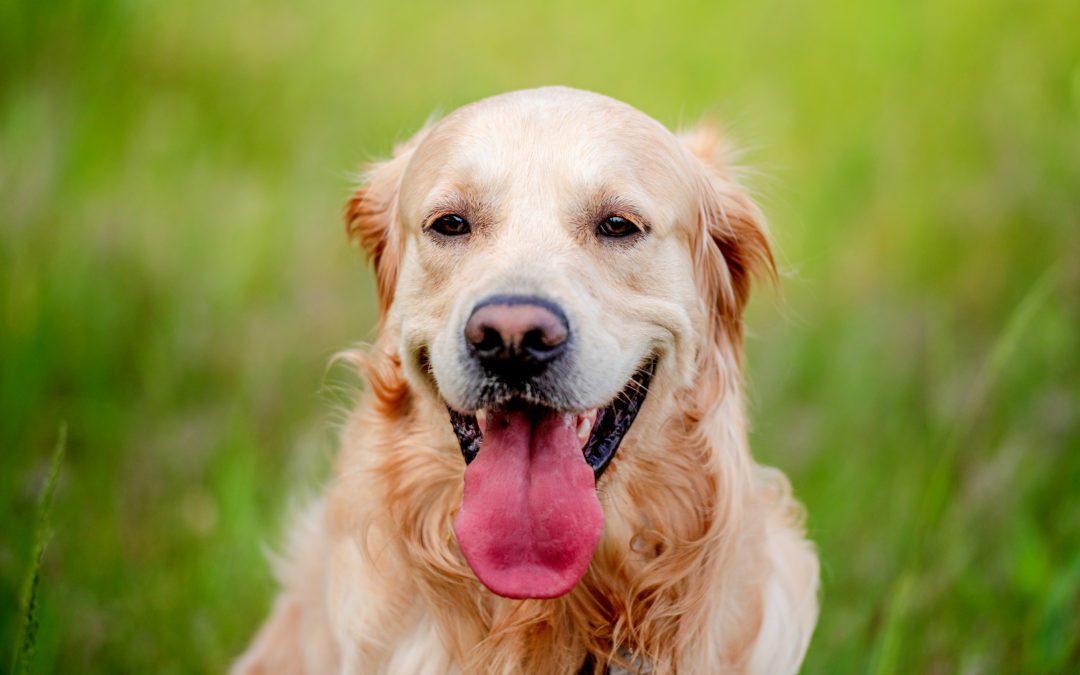You will eventually need to administer recommended drugs or treatments to your pet if you own one. We offer advice to make home care more straightforward for both of you. That might be stressful for you and cause fear or worry in your pet.
Drugs took orally
Medicine Undercover
Many animals will eat a pill or capsule that has been slid into some pleasant meal or reward, including cream cheese, peanut butter with no sugar or artificial sweeteners, liver paste, hot dogs, or canned cheese.
If you want to crush the pill, ask your veterinarian if it’s okay.
If it doesn’t taste strong, you can combine the crushed tablet with a teaspoon of canned food, tuna, or clam juice.
Check out the 1-2-3 (4-5) technique!
Prepare three to five “treat balls,” each containing a pill. Give one or two treat balls without the medicine. Allow your pet to see you bringing the next treat while he is still eating the current one. Add the treat ball with the medication and a chaser treat ball right after.
Some drugs, like antibiotics, may taste harsh or have a strong odor.
Inquire whether the medication can be put into a flavoring liquid, a chewable, or a small tablet.
- To reduce the odor and taste of the medication, see whether it may be put inside an empty gelatin capsule.
- If you conceal these kinds of pharmaceuticals in specialized food, be careful to avoid teaching your pet to:
Topical Medicine
The use of regular topical heartworm, flea, and tick preventives, cleaning or medicating the ears, giving eyedrops or eye ointment, giving allergy or insulin injections, and administering eye drops or eye ointment are a few examples.
The distraction method is one way to provide treatments. For instance, make the dog gaze up by having a helper hold a dish of canned food above his head. Give him eye drops once he finishes his meal. Applying a topical parasite preventive may also spread some tuna on the counter for your cat to consume.

